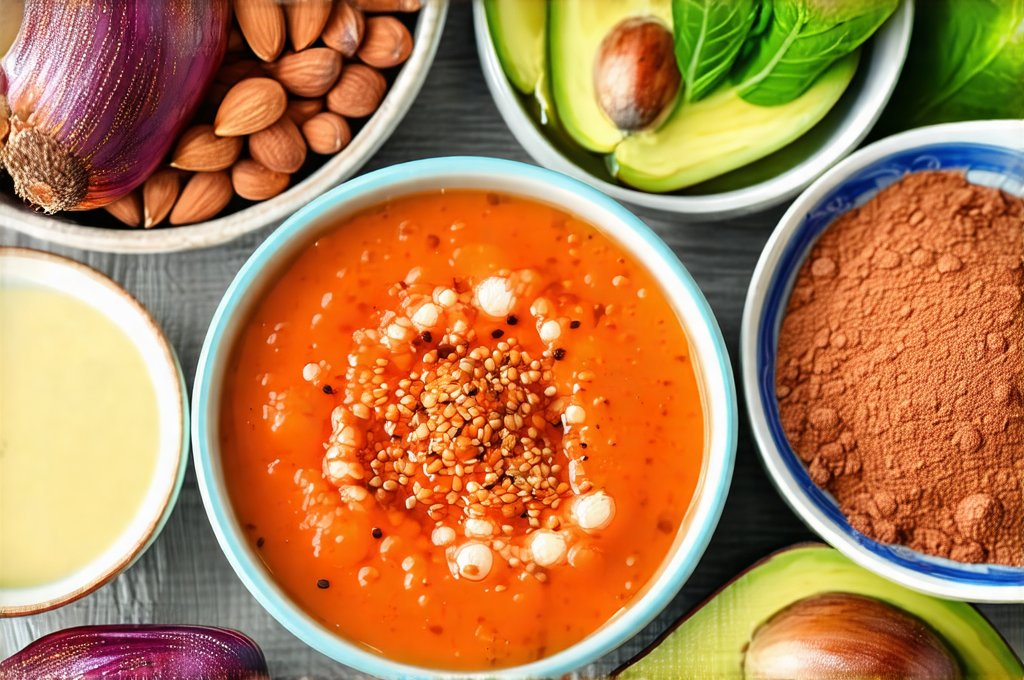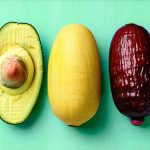Irritable Bowel Syndrome (IBS) can be incredibly disruptive, turning everyday life into a guessing game of discomfort. Beyond the more widely recognized symptoms like abdominal pain and changes in bowel habits, many people with IBS experience debilitating cramps and bloating during flare-ups. These aren’t just inconvenient; they can significantly impact quality of life, making it difficult to work, socialize, or even simply relax. Understanding how diet plays a pivotal role in managing these specific symptoms is crucial for regaining control and finding much-needed relief. This means moving beyond generic “healthy eating” advice and focusing on foods that actively soothe the digestive system during times of heightened sensitivity.
The connection between food and IBS flares isn’t always straightforward, as triggers vary greatly from person to person. However, there are common dietary patterns that can either exacerbate or alleviate symptoms like cramping and bloating. Often, these relate to specific carbohydrates (like FODMAPs which we’ll explore later), fiber intake, and the overall sensitivity of the gut lining. It’s important to remember that this isn’t about eliminating entire food groups unnecessarily; it’s about making informed choices and adopting a more personalized approach to nutrition. The goal is to identify your individual triggers and build a sustainable eating plan that minimizes discomfort and promotes digestive well-being. Considering an ibs diet can be a great starting point.
Dietary Strategies for Cramp Relief
Cramps during an IBS flare are often caused by increased intestinal muscle contractions, sometimes exacerbated by gas production or inflammation. Certain foods can help calm these contractions, while others may worsen them. Ginger, for example, has been used for centuries as a natural remedy for digestive upset and is known to have anti-inflammatory properties. Incorporating small amounts of fresh ginger into tea or meals can be beneficial. Similarly, peppermint tea – specifically peppermint enteric-coated capsules are often recommended–can help relax the intestinal muscles, reducing cramping. However, it’s important to note that peppermint can sometimes worsen heartburn in some individuals.
Beyond specific herbs and spices, focusing on easily digestible foods is key. Think along lines of well-cooked vegetables (avoiding cruciferous ones like broccoli during a flare), lean proteins, and simple carbohydrates. Reducing fat intake can also help, as high-fat foods often require more digestive effort, potentially leading to increased cramping. Staying adequately hydrated is essential too; water helps keep things moving smoothly through the digestive tract and prevents constipation, which can exacerbate cramps. Remember that hydration isn’t just about drinking when thirsty; it’s about consistently sipping water throughout the day.
Finally, consider the timing of your meals. Eating smaller, more frequent meals rather than large portions can reduce the burden on your digestive system. This is especially important during a flare-up, as larger meals are more likely to trigger symptoms. Avoiding eating right before bed also allows time for digestion and reduces the risk of nighttime cramping. You may want to avoid foods after 6 PM as well.
Reducing Bloat & Gas Production
Bloating in IBS isn’t simply about physical distension; it’s often linked to increased gas production within the gut, which can be incredibly painful and uncomfortable. One of the biggest culprits behind this is FODMAPs – Fermentable Oligosaccharides, Disaccharides, Monosaccharides, And Polyols. These are short-chain carbohydrates that are poorly absorbed in the small intestine, leading to fermentation by gut bacteria and subsequent gas production. Common FODMAP sources include onions, garlic, apples, pears, wheat, and dairy products (lactose).
An elimination diet, specifically a low-FODMAP diet under the guidance of a registered dietitian, can be incredibly effective for identifying which FODMAPs trigger your bloating. This involves removing high-FODMAP foods for a period of time and then gradually reintroducing them one by one to see how your body reacts. It’s crucial not to self-diagnose or follow a low-FODMAP diet long-term without professional guidance, as it can potentially disrupt gut microbiome health if done incorrectly. It’s important to know foods that trigger IBS symptoms and what alternative options you have.
Beyond FODMAPs, certain foods are known gas producers for many people. These include beans, lentils, carbonated beverages, and artificial sweeteners (like sorbitol and mannitol). Reducing or eliminating these from your diet during a flare-up can provide significant relief. Probiotics – found in fermented foods like yogurt (if tolerated) and kefir, or taken as supplements – may also help balance gut bacteria and reduce gas production, although the specific strains that are most effective vary between individuals.
Identifying Personal Triggers
The key to managing IBS symptoms is recognizing that everyone is different. What triggers bloating and cramps for one person might not affect another. Keeping a detailed food diary can be incredibly helpful in identifying your personal trigger foods. This isn’t just about listing what you eat; it’s about recording how you feel afterward – including the severity of any symptoms, timing, and potential correlations.
- Be specific: Don’t just write “bloated”; describe where the bloating is located, how intense it feels (on a scale of 1-10), and for how long it lasts.
- Track everything: Include not only what you eat but also any stress levels, sleep patterns, or physical activity that might be contributing factors.
- Look for patterns: After a few weeks, review your diary to identify any consistent correlations between specific foods and symptom flare-ups.
Once you’ve identified potential triggers, try eliminating them one at a time to see if it makes a difference. Reintroducing them later in small amounts can help determine whether they are truly problematic or if the issue lies elsewhere. This process requires patience and consistency but is essential for understanding your unique needs. Understanding trigger foods during stress can also help you identify patterns.
The Role of Fiber Management
Fiber plays a complex role in IBS management. While generally considered beneficial for digestive health, the type and amount of fiber can significantly impact symptoms. Insoluble fiber, found in foods like whole grains and vegetables with skin, can sometimes worsen bloating and cramping as it’s not easily digested. Soluble fiber, on the other hand – found in oats, barley, applesauce, and psyllium husk – is more readily fermented by gut bacteria and can help regulate bowel movements.
During a flare-up, reducing overall fiber intake may be necessary to lessen digestive burden. However, completely eliminating fiber isn’t recommended, as it can lead to constipation. Instead, focus on increasing soluble fiber gradually while avoiding insoluble fiber sources. It’s important to introduce fiber slowly, as adding too much too quickly can actually exacerbate symptoms.
Consider using a fiber supplement like psyllium husk, but again, start with a small dose and increase it gradually under the guidance of a healthcare professional. Pay attention to how your body responds and adjust accordingly. Remember that adequate hydration is essential when increasing fiber intake, as it helps prevent constipation and promotes smoother digestion.
Staying Hydrated & Mindful Eating
Staying well-hydrated isn’t just about preventing constipation; it’s also about supporting overall digestive function. Water helps soften stool, making it easier to pass, and can reduce the risk of cramping. Aim for at least eight glasses of water per day, and even more during a flare-up or if you’re physically active. Herbal teas (peppermint, ginger) can also contribute to your daily fluid intake.
Mindful eating is another powerful tool for managing IBS symptoms. This involves paying attention to your body’s hunger and fullness cues, eating slowly and deliberately, and avoiding distractions during meals. Chewing food thoroughly aids digestion and reduces the burden on your digestive system. Taking time to savor each bite can also help you recognize when you’re full, preventing overeating which is a common trigger for bloating and discomfort. Creating a calm and relaxed environment during mealtimes can further enhance digestion and reduce stress, which often exacerbates IBS symptoms. Additionally, knowing foods to soothe gas is crucial for flare up management.


















